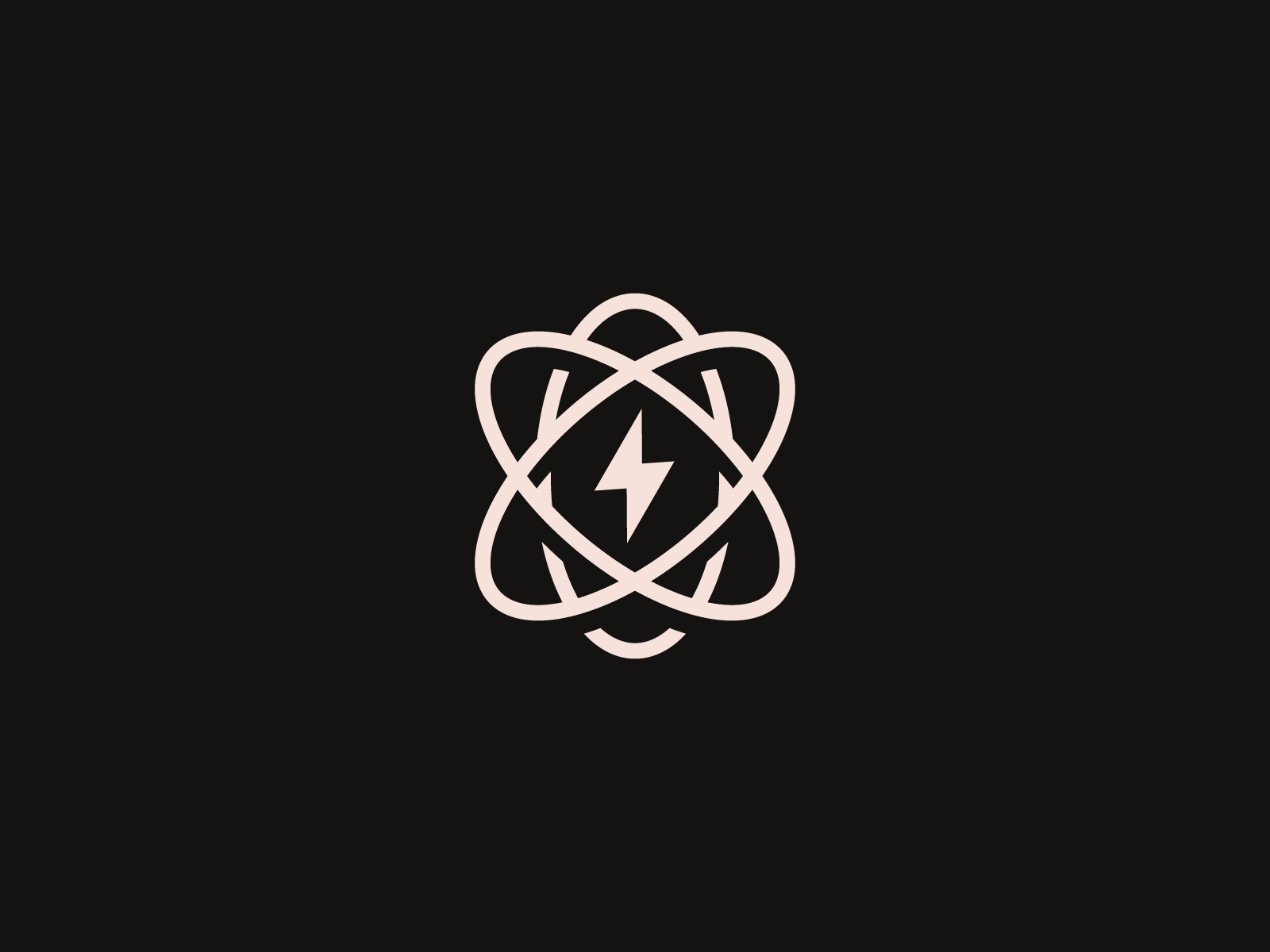Table Of Content

However, atoms are electrically neutral, whereas electrons are negatively charged. So Thomson, reasonably, thought that there must be something inside the atom with a positive charge that was canceling out the negative charges of the electrons. What he envisaged was called the "Plum Pudding Model" with the electrons embedded like plums in the pudding of positive charge. Design tokens make it easy for teams to maintain cohesive aesthetics while collaborating. Frost actually thinks of design tokens as sub-atomic particles. When you put several design tokens together, you get an atom.
How Oppenheimer built an atomic bomb before the Nazis - Mashable
How Oppenheimer built an atomic bomb before the Nazis.
Posted: Fri, 29 Dec 2023 08:00:00 GMT [source]
Related Content
These molecules take on their own properties and serve as the backbone of our design systems. A brand book must be supplemented with the styling guidelines - a set of important directions to help avoid chaos in development and organizational aspects. The availability of the styling guidelines promotes consistency and integrity of the user interface. Such guidelines facilitate further product development all around, set the structure and confines for proper product performance, and help avoid all sorts of misunderstandings. The Agile philosophy promotes cross-team performance, accelerated time-to-market, frequent results reporting, and segmentation of large agendas into smaller tasks. These principles help achieve the ultimate development flexibility and atomic design efficiency.
Search
The very same definition of a chemical atom can be applied to software development. Atomic Design takes content into the equation by carefully creating organisms that not only respect the content they will hold, but truly showcase it in the best way possible. This way, designers can let go of the assumption that design or content comes first – here, they walk hand in hand as the project moves forward. Either way, they can be a powerful point of reference for how the content is to be structured on any given screen. This is important because it points to the complex relationship between design and content.
The Structure of an Atom

UXPin has seamless collaboration that works like Google Docs. You can watch your colleagues move elements across the screen. Some of the best project management tools can also help your team collaborate and communicate. Asana, for example, lets users update each other on project milestones.
What does it look like when a user has one item in their shopping cart versus 10 items with a discount code applied? Again, these specific instances influence how we loop back through and construct our system. As the craft of Web design continues to evolve, we’re recognizing the need to develop thoughtful design systems, rather than creating simple collections of web pages. The concept of atoms was first proposed by ancient Greek and Indian philosophers around 400 BC and further developed by scientists like John Dalton, J.J. Thomson, Ernest Rutherford, and Niels Bohr.
Its component-based architecture provides a powerful way to break complex user interfaces into small, reusable pieces. Bombard an atom with enough high-energy particles and it will eventually smash, splitting into two daughter nuclei of lower atomic number and releasing photons of energy in the process. The daughter nuclei produced are different for every fission event. Uranium-238 is also fissionable, but "fast" neutrons at higher energies are required to split it. It should have been impossible for an alpha particle to bounce straight back in the plum pudding model.
Your design system must be agile, responsive to feedback, and able to evolve along with the products it produces. Well-adjusted developer-user collaboration is yet another prerequisite for efficient design system management. Each UI element requires an individual development approach in order to guarantee its optimal performance and visual aesthetic on any device. DesignOps is a set of best practices and principles that aims to streamline the effectiveness of design teams. Service design can help our organizations innovate customer experience and build brand loyalty — and it’s great for small businesses.
It also improves productivity when drafting a website structure because you consider every aspect exactly when it should receive attention. Looking at the chemistry definition of an atom will explain that it is the quintessential building block of matter. Frost describes the atoms of web design as aspects that, if taken away, everything else would lose context and fall apart. It is time to take a look at your website-creating process through a microscope to understand how everything functions together. Seeing your website as an organism makes it more intuitive to design if you think about it in terms of something concrete like science.
What is Atomic Design?
For example, a search input + label + submit button can create a “search form” molecule. The mass of an atom consists of the mass of the nucleus plus that of the electrons. That means the atomic mass unit is not exactly the same as the mass of the proton or neutron. I also think that, contrary to popular belief, the Atomic Design methodology is not just for web projects … Quite the opposite in fact!
While molecules can be complex, as a rule of thumb they are relatively simple combinations of atoms built for reuse. A lot has been said about creating design systems, and much of it focuses on establishing foundations for color, typography, grids, texture and the like. This type of thinking is certainly important, but I’m slightly less interested in these aspects of design because ultimately they are and will always be subjective. Lately I’ve been more interested in what our interfaces are comprised of and how we can construct design systems in a more methodical way. When you design from this perspective, you should find that you create more consistent, simple, effective products that users will enjoy.
All-atom RNA structure determination from cryo-EM maps - Nature.com
All-atom RNA structure determination from cryo-EM maps.
Posted: Fri, 23 Feb 2024 08:00:00 GMT [source]
It might be tempting to look at each screen as a single organism, but that would be taking away some of the power in Atomic Design. Instead, this framework encourages us to look at each page as several organisms that together, create the interface. For this example, Bit was used to modularize the Prime React open-source UI library into Atomic standalone components.
Teams reuse atoms frequently all over when building up higher-order organisms and templates. With atomic design, components have clearly defined purposes and limitations. This makes it easier for designers or developers to divide and work on different areas at the same time. As teams combine components into more complex UI, the divisions set by atomic design prevent conflicts. This means that not every single UI element you create needs to be part of the design system; only the UI element components need to originate from the design system. If a new atom needs to be created for a molecule or organism, you should work with the owner of your design library to be added to the design system officially.


No comments:
Post a Comment